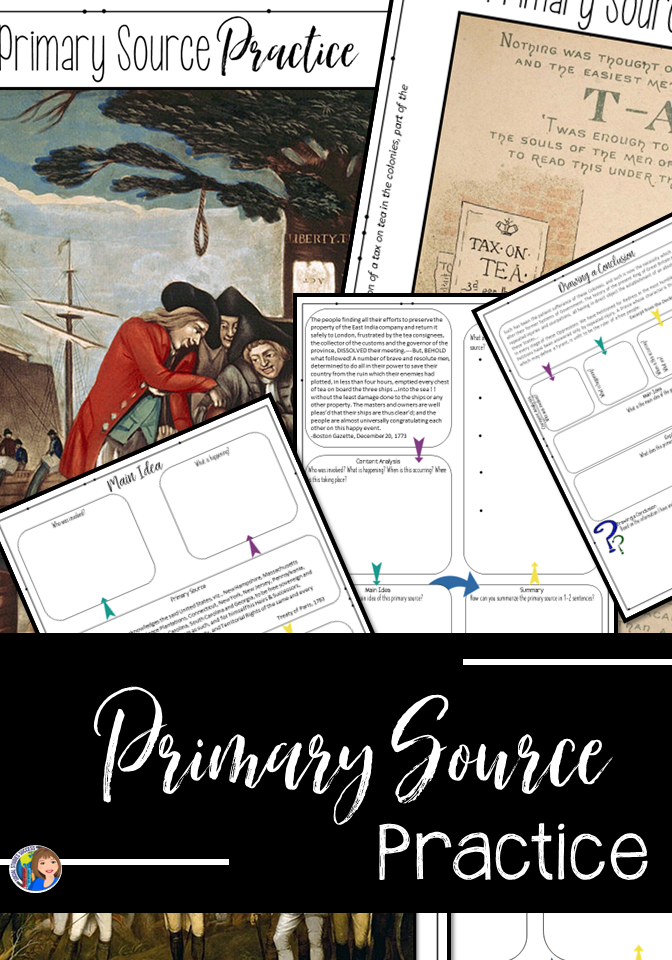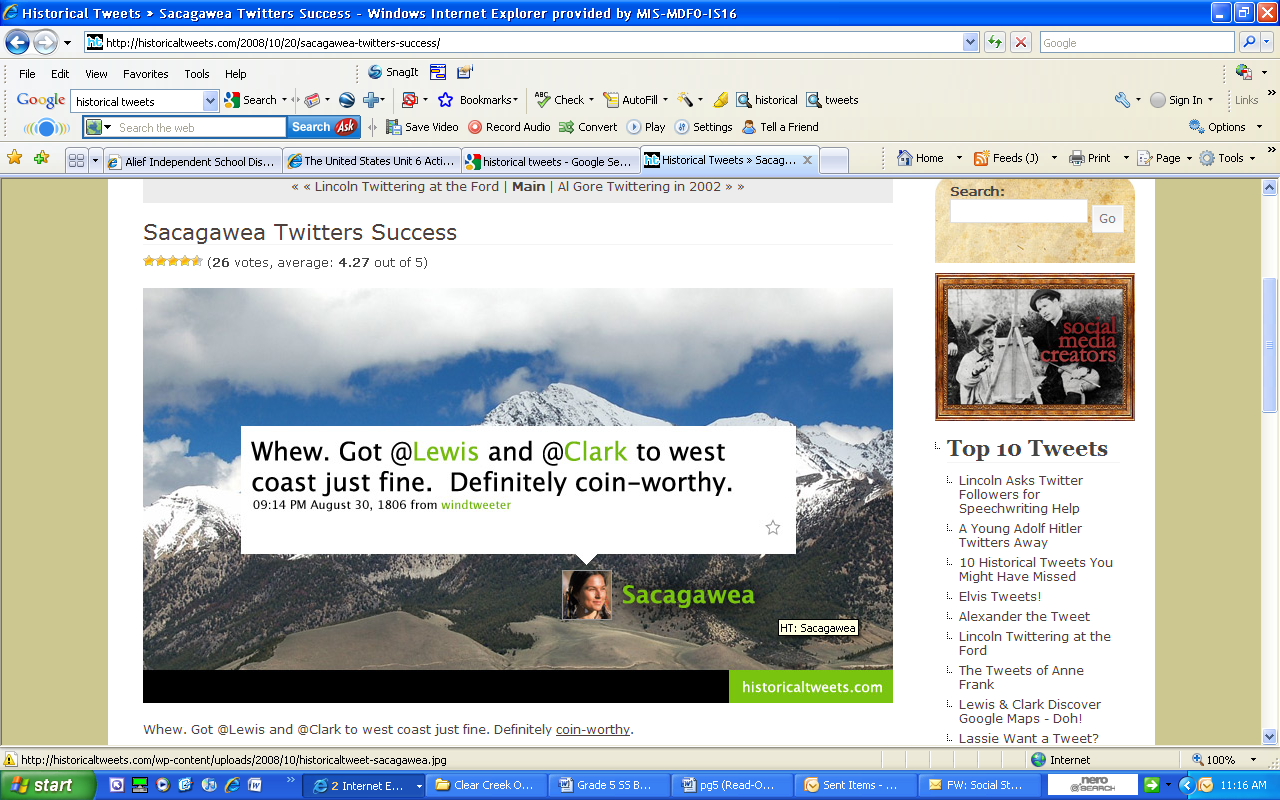The Importance of Word Walls
Using word walls in Social Studies is not a new strategy, but it has become increasingly important as students struggle with the high demand for vocabulary instruction required by the STAAR. Word walls benefit all of our students – not just our ELL’s. It is important for Social Studies teachers to determine the key vocabulary terms not only for a unit, but also for the discipline. Many key social studies terms are not in the standards (such as sovereign or alliance), but are necessary for understanding our course.
Word walls:
• provide an approach to meaningful teaching of vocabulary with an emphasis on student engagement and higher level thinking skills;
• build vocabulary, thereby improving reading comprehension and writing style;
• reinforce understanding of subject-specific terminology
• provide visual cues for students;
• encourage increased student independence when reading and writing.
Follow these tips when creating your word wall:
•Make words accessible by putting them where every student can see them. They should be written in large black letters and include an image. Words should be added for each new unit — a general guideline is five to 8 words per unit.
•Use the word wall daily to practice words, incorporating a variety of activities such as your warm-up, note taking and processing assignments. Require students to use the words as much as possible in their responses to your questions.
•Provide enough practice so that words are read automatically.
•Place your current word wall in the front of the room for reference – you can move it to another location when you have completed the unit.
•Use content-area material from the curriculum rather than randomly selected words.
•Word walls should be referred to often so students come to understand and see their relevance.
Ideas for Engaging Students with Word Walls
Quick Definitions Provide a definition (orally and/or written on the board) of one of the word wall words. Students choose and write the word to match the definition. Repeat the process encouraging students to review all the words as they select the answer.
Word Pictures Working in teams, students select one of the words from the word wall and illustrate it on the board or on chart paper. The opposing team gets a point for a correct guess and illustrates another word.
Word Relationships Each student shares the word on their word card with a partner, and together, they decide on a way that their two words are related or have something in common. A time limit could be imposed after which students rotate to a new partner and repeat the process. After doing this a few times, the pair could join with another pair, and see if they can find a relationship between the four words. Discussing similarities and differences helps students to master new vocabulary meanings.
Word Cards Partner Game Pairs of students take turns choosing a word card and offering a definition for the word. The partner guesses and spells the word.
DramaStudents choose a word from the word wall and improvise a situation that portrays the word. Peers guess the word.
Word Ad Each group chooses a word, and brainstorms all the possible uses of the word. They create a radio or television ad to ‘sell’ one of the words from the word wall and present it to the class. As a variation, students think of a product for which they create a radio advertisement, using as many words as possible from the word wall. The group avoids making direct reference to the product and asks the class to guess what it is that the ad is trying to sell.
CategoriesStudents create categories and group the words from the word wall to fit those categories. Set the number of words that are allowed in a “miscellaneous” category and create a maximum and minimum number of categories that can be used. This activity could be done individually first; then students share and compare their categories with a partner. They share their groups of words with the class who guess the principle behind the sorting.
Musical WordsIn groups of five or six, with each group member having one word card, students circulate the cards within their groups, while music is playing. When the music stops, the group members take turns giving the meaning of the word they have. Group members can challenge the correctness of the definition offered by their peer. If a group member cannot provide a definition, the group members discuss the meaning, asking the teacher for assistance, if necessary.
Words in Writing Encourage students to use the word wall words in their daily classroom writing. When work is collected or read in class, highlight the words from the word wall that are used appropriately.
Pictogram Allow students to use the definition to create a picture out of the word (see image below). This encourages students to think about the many ways a term can be represented.
I would love to hear how you use Word Walls with your students!











